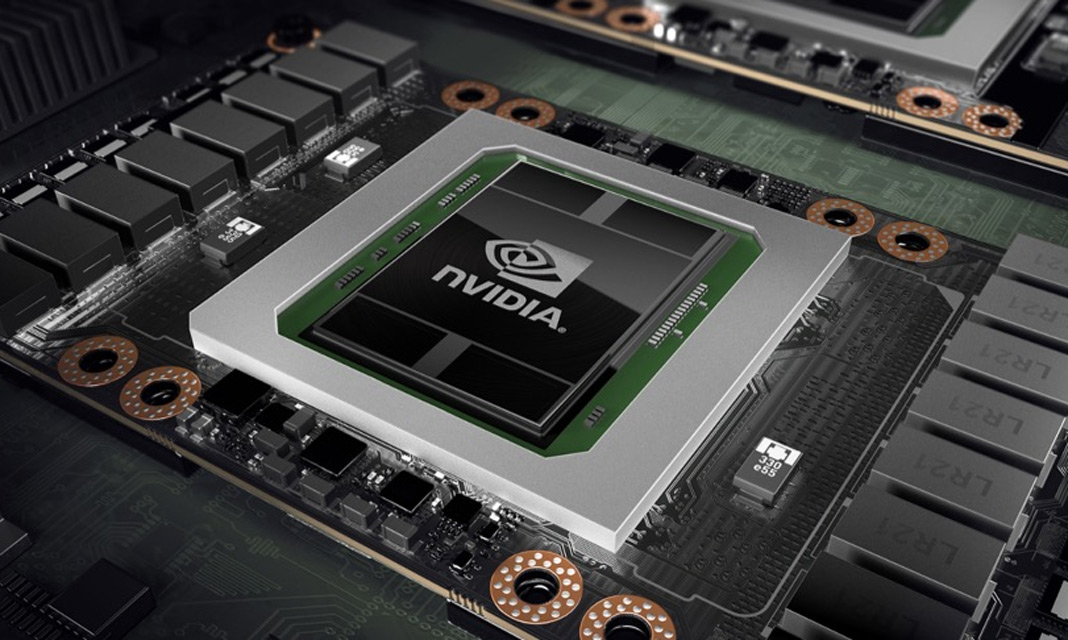


Instead we’re looking at a lead of just 10%, notably less than a simple extrapolation of CUDA core counts and frequencies would tell us to expect (GTX 1080 has almost 50% more FLOPs).
GTX 1070 FP64 FULL
Though GTX 1080 is not a full generational replacement for GTX 980 Ti, normally it outperforms the Big Maxwell card by more than this. That said, I’m surprised by how close some of these results cluster. Ray tracing has become a stronghold for GPUs in recent years as ray tracing maps well to GPU pipelines, allowing artists to render scenes much more quickly than with CPUs alone.Īs with games, when it comes to LuxMark, the GTX 1080 is uncontested this is the first high performance FinFET GPU in action. LuxRender’s GPU-accelerated rendering mode is an OpenCL based ray tracer that forms a part of the larger LuxRender suite. Starting us off for our look at compute is LuxMark3.1, the latest version of the official benchmark of LuxRender. That said, to really leverage any of these improvements, applications utilizing GPU compute need to have work that benefits from better scheduling and be written with Pascal in mind, and for consumer workloads the latter is likely a long way off. The architecture’s improved scheduling features are geared in part towards HPC users, and instruction level preemption means that compute kernels can now be a lot more aggressive on consumer systems since they can be paused so easily. However in the long run there is potential for Pascal to show some improvements. GP104 for all intents and purposes should perform like a higher clocked and slightly wider Maxwell 2, similar to what we’ve seen in most games. The fundamental architecture hasn’t changed – the CUDA cores, register files, and caches still behave as before - so there’s little reason for compute performance to shift. Overall, we’re not expecting a significant difference in compute performance compared to Maxwell 2 for standard compute benchmarks. Shifting gears, let’s take a look at compute performance on Pascal.


 0 kommentar(er)
0 kommentar(er)
